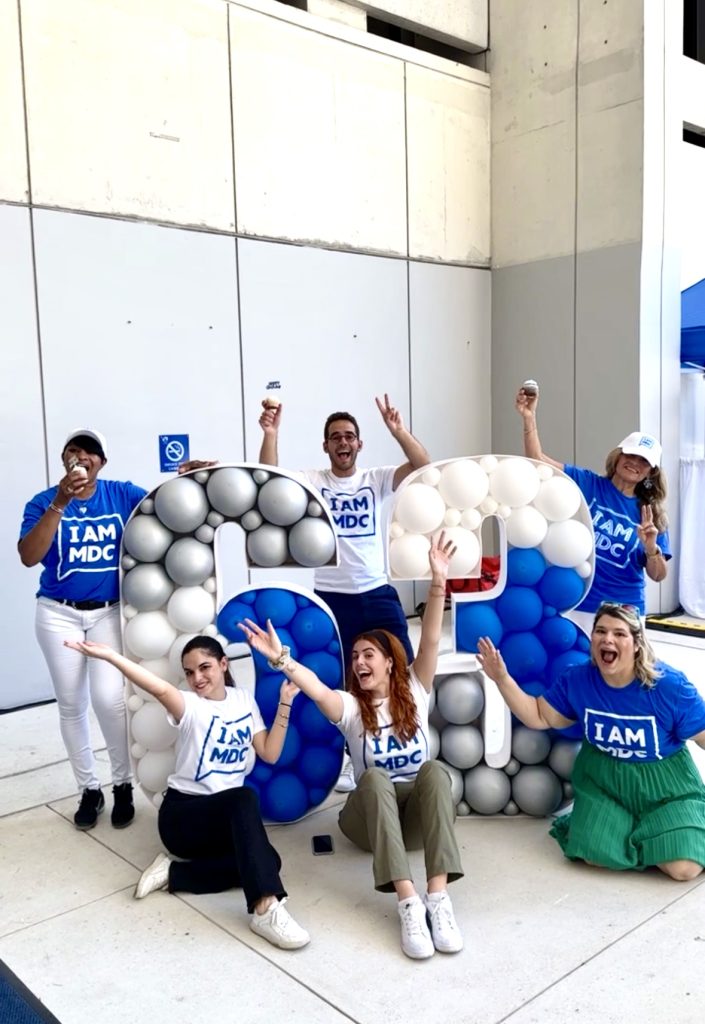2020 challenged society to rethink and re-imagine the way we do things in our everyday life. It transformed how we live, work, and play, but many of these abrupt changes are rooted in practices that have been slowly shifting over many years. Online shopping which has been growing steadily over the past several years, has now become the norm. Flexible and remote work has also been on the rise and is now prevalent. When cities needed a safe way for people to dine and shop, many turned to solutions that have been around for ages – outdoor seating and open-air markets.

New Urbanists have been advocates for transforming our city cores into more pedestrian-friendly, human-oriented experiences for almost thirty years now; they have advocated for changing the car-centric design and planning model that dominated the 20th Century by using principles found in urban centers across the world throughout history: Wide sidewalks, mixed-use development, easy access to parks and various modes of transportation, public plazas, and more. Unfortunately, many cities have already invested heavily in the car-centric model and undoing these infrastructure changes can be a long, expensive process. But there is a practice that has helped start the process while providing real benefits in the short term, all the while not having to spend too much: Tactical Urbanism!

Tactical Urbanism is often a community-led effort, using low-cost materials to “pop-up” or prototype the improvement. They can be as short-term as a single day like in the annual Park(ing) Day event, or as long as a few years to test longer term impacts. Some projects are done “guerilla” style, completely unsanctioned efforts by citizens looking to improve their public spaces, and other projects are done in collaboration with the city and/or other organizations looking to incrementally work towards longer term projects. Tactical urbanism projects are successful when they engage many stakeholders, involve the community in the process, and provide real transformation for very low cost. Once the project is implemented, real data can be collected on its actual impacts on the city. This helps better inform the longer term, more permanent infrastructure projects in the city.

Many of these projects include temporarily closing a street to create a pedestrian-oriented path that connects a dense area of shops and restaurants, or painting the street asphalt to make artistic crosswalks or even make a plaza out of a parking lot, and another popular method is to create a parklet – a small green space that includes seating elements to extend restaurant dining off of the sidewalk and into one or two parallel-parking spaces.

So when the pandemic shut down many small enclosed shops and restaurants – many cities turned to tactical urbanism solutions in order to help small businesses survive, while preserving a safe public environment for their citizens. We saw an explosion of many creative solutions popping up, and luckily there were lots of projects to refer to as precedence for folks who were doing this for the first time. A local Tactical Urbanism firm, The StreetPlans Collaborative, even partnered with NACTO to release a playbook for safely implementing these projects: The Streets for Pandemic Response and Recovery Guide. What may have started out as a challenge, provided the opportunity to reveal the possibilities for making our cities better than they were before.

The Idea Center at Miami Dade-College has been a platform for intersecting academia with real-world challenges while harnessing new technologies and methodologies to inform and shape the next generation of innovators. They partnered with our organization, Moonlighter – a makerspace in Miami that provides access to advanced manufacturing tools to the community, to co-create a new program called Re-Imagining Cities. This 10-week course teaches the principles of design thinking, tactical urbanism, and rapid prototyping in the context of shaping public spaces. Students meet industry experts working in the field through various guest lectures, as well as learn how to use various free open source software to create their own designs. At the end of the course, the class comes together to build one of the designs in full scale! The first cohort was a great blend of students from various disciplines and backgrounds, all coming together because they wanted to make a mark on their city with their creativity. Together, they created Abrazo – a pop-up space that transformed an under-utilized plaza next to the metromover station at one corner of the MDC Wolfson Campus. For cohort 2, we’re calling on creatives across South Florida to join us for another project to help improve public spaces. With the pandemic still affecting our cities – these projects are more important than ever to envision and implement solutions for a safe and equitable public life for all.
To learn more about the program, click here.
https://youtube.com/watch?v=CBV88NNDgg4%3Fcontrols%3D1%26rel%3D0%26playsinline%3D0%26modestbranding%3D0%26autoplay%3D0%26enablejsapi%3D1%26origin%3Dhttps%253A%252F%252Ftheideacenter.co%26widgetid%3D1



